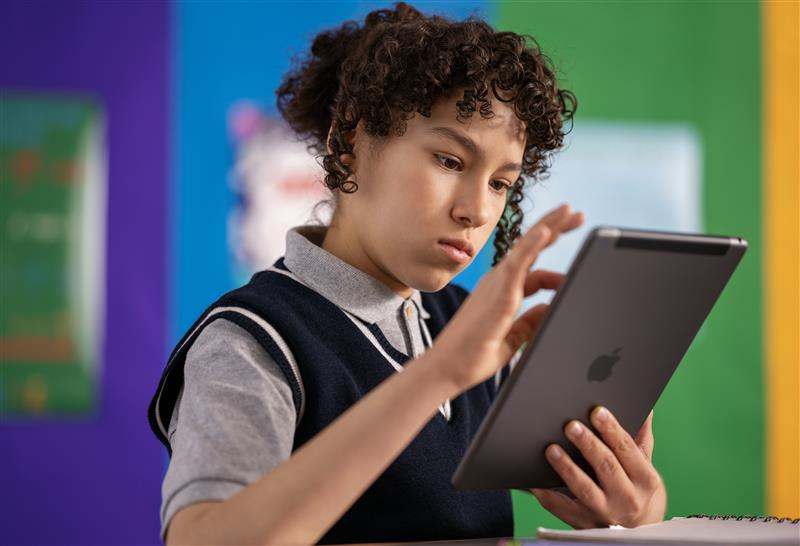Over the years, we’ve worked with many independent schools, exploring different approaches to classroom technology. One model that often comes up is Bring Your Own Device (BYOD). On the surface, it makes sense: families provide the tech, the school avoids upfront costs, and pupils arrive ready with their own device.
Some schools even set minimum standards:
“You can bring a device, as long as it meets these specs.”
But while BYOD can offer flexibility, our experience shows it often introduces challenges that independent schools need to consider carefully. For schools that place consistency, fairness, and safeguarding at the center of their digital strategy, BYOD can be a difficult model to sustain.
Inconsistent classrooms
Even with minimum standards, BYOD often results in a patchwork of devices: different iPad generations, MacBooks, Surface devices, and Chromebooks. Screen sizes, operating systems, and app stores vary widely. Teachers may find themselves adapting lessons to work across multiple platforms, which can dilute the learning experience and leave some pupils at a disadvantage.
Support gets complicated
When pupils bring their own devices, IT teams lose the ability to provide the same level of proactive support. Troubleshooting can require input from parents, and mixed platforms add complexity. This can blur the line between school responsibility and home responsibility, making it harder to deliver a clear, consistent support structure.
Equity is harder to maintain
Even in Independent Schools, device disparities are visible. Some pupils may have the latest iPad Pro or MacBook, while others bring older or more basic devices that just meet the requirements. These differences can impact how pupils engage in class and may undermine the sense of fairness and inclusion that schools work hard to uphold.
Safeguarding concerns
Personal devices often come with personal settings. Without consistent filtering, patching, and security controls, it can be harder for schools to guarantee the same level of safeguarding across every pupil’s device. That presents a risk that schools understandably want to avoid.
A more sustainable approach
Independent schools are built on consistency, quality, and equity. For many, a structured, parent-funded 1:1 iPad programme offers a more sustainable way forward. Every pupil has the same, fully managed device. Lessons are consistent, IT support is clear, and safeguarding is built in from day one.
A balanced perspective
It’s important to say that BYOD is not the “wrong” choice, for some contexts, it can work well. Often, schools adopt it as a practical way to balance budgets and provide flexibility. But for Independent Schools, we’ve seen time and again how a managed 1:1 programme better aligns with their values and long-term goals.

